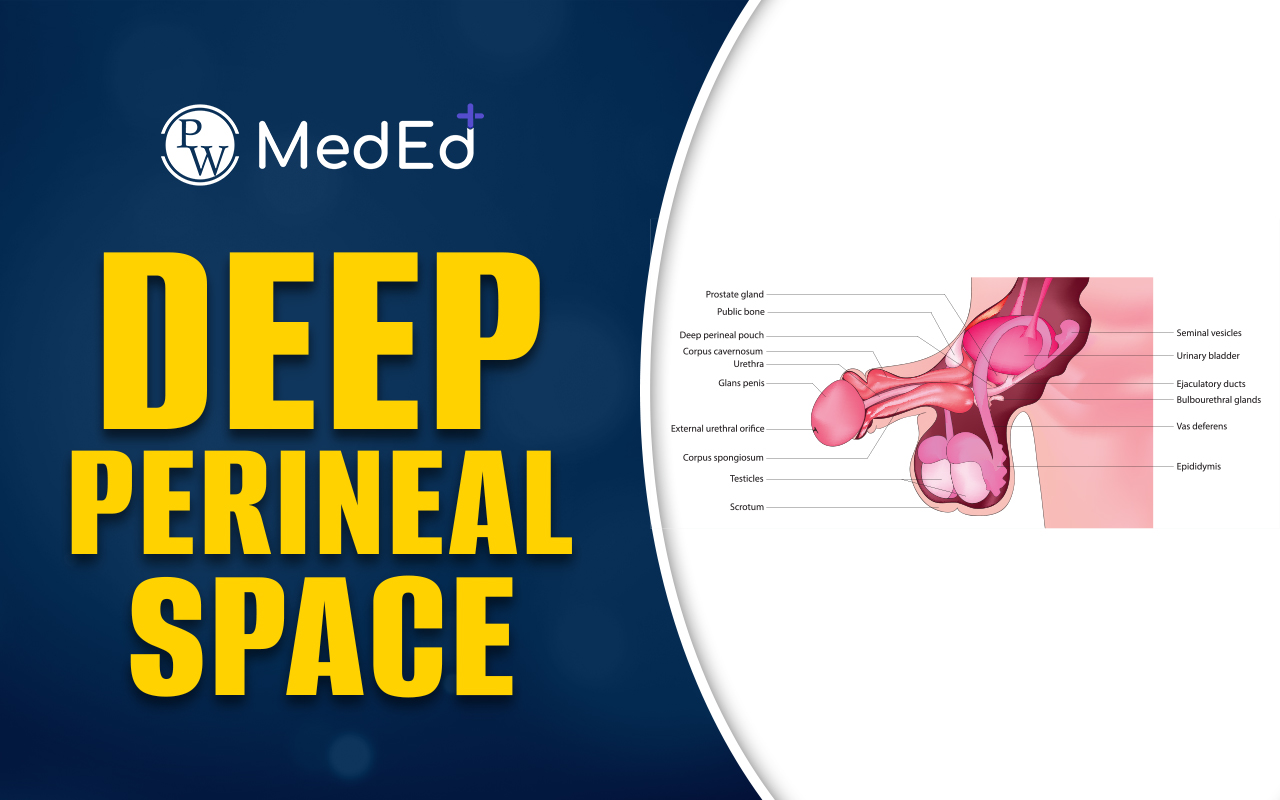
Integumentary System: Skin and its Appendages - The word “ integumentary ” means tough outer covering. Our body is separated from the external environment by a set of organs forming the outermost layer of an animal’s body. Separation from the environment is essential to maintain homeostasis by conserving heat and water and protecting us from infections. The integumentary system consists mainly of the body’s outer skin.
The integumentary system contains skin and also includes structures other than skin, like hair, scales, follicles, hooves, and nails.
Skin
It is one of the largest organs of the body. It accounts for about 12 to 15 percent of total body weight and covers 1.5 to 2 square meters of surface area. The skin is itself divided into two major layers of tissue: the epidermis and the dermis.
The Epidermis
The epidermis is the outermost layer, providing the initial barrier to the external environment. It is separated from the dermis by the basement membrane. The epidermis contains melanocytes and gives color to the skin. The deepest layer of the epidermis also contains nerve endings. The human epidermis is composed of stratified squamous epithelial cells, which further break down into four to five layers:
- Stratum corneum
- Stratum granulosum
- Stratum spinosum
- Stratum basale
The skin is thicker in some areas of the body, such as the palms and soles, so there is an extra layer of stratum lucidum present between the stratum corneum and the stratum granulosum. The epidermis itself is devoid of blood supply and draws its nutrition from its underlying dermis.
Its main functions are protection, absorption of nutrients, and homeostasis. In structure, it consists of a keratinized stratified squamous epithelium; four types of cells: keratinocytes, melanocytes, Merkel cells, and Langerhans cells.
The Dermis
The dermis is beneath this layer and comprises two sections: the papillary and reticular layers. It contains connective tissues, vessels, glands, follicles, hair roots, sensory nerve endings, and muscular tissue. The papillary layer is the superficial layer that forms finger-like projections into the epidermis (dermal papillae) and consists of highly vascularized, loose connective tissue. The reticular layer is the deep layer of the dermis and consists of dense irregular connective tissue.
The dermis is the underlying connective tissue layer that supports the epidermis. It is composed of dense irregular connective tissue and areolar connective tissue, such as collagen with elastin arranged in a diffusely bundled and woven pattern.
The Hypodermis
The hypodermis, otherwise known as the subcutaneous layer, is a layer beneath the skin. It invaginates into the dermis and is attached to the latter, immediately above it, by collagen and elastin fibers. It is essentially composed of a type of cell known as adipocytes, which are specialized in accumulating and storing fats. These cells are grouped together in lobules separated by connective tissue.
Functions
All the body systems work in an interconnected manner to maintain the internal conditions essential to the function of the body called homeostasis. The integumentary system has multiple roles in maintaining the body’s equilibrium. The skin has an important job of protecting the body and acts as the body’s first line of defense against infection, temperature change, and other challenges to homeostasis.
Its main functions include:
- Protecting the body’s internal living tissues and organs
- Protecting against invasion by infectious organisms
- Protecting the body from dehydration
- Protecting the body against abrupt changes in temperature, maintaining homeostasis
- Helping to excrete waste materials through perspiration
- Acting as a receptor for touch, pressure, pain, heat, and cold
Integumentary System FAQs
What is urticaria?
What is squamous cell carcinoma of the skin?
What is cellulitis?
What is hypertrichosis?










